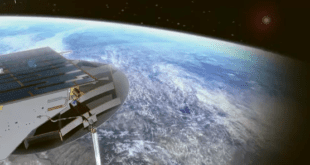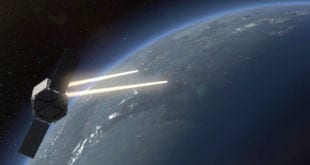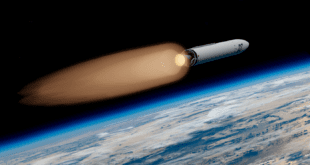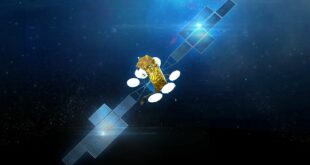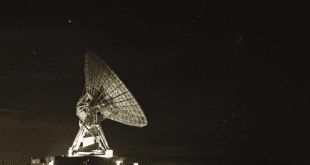As part of the partnership between SpaceWatch.Global and Joint Air Power Competence Centre, we have been granted permission to publish selected articles and texts. We are pleased to present “The Role of Space Domain Awareness” by Captain Alessio Di Mare, originally published on the Joint Air Power Competence Centre website.
Read More »Virgin Orbit launches “Tubular Bells”, its first commercial mission
Only five months after it reached space in a test flight, Virgin Orbit successfully launched its first commercial mission, the company said. The mission called “Tubular Bells: Part One” was launched from Virgin Orbit’s modified Boeing 747, the “Cosmic Girl”, and with a two-stage rocket called LauncherOne
Read More »Shetland Space Centre changes its name to SaxaVord Spaceport
The Shetland Space Centre is changing its name to SaxaVord Spaceport, the center said. The rocket launch site and ground station, located in the UK’s most northerly island of Unst, Shetland, is the designated site of next year’s UK Pathfinder launch by Lockheed Martin and ABL Systems.
Read More »ArianeGroup takes part in European space surveillance
The European Commission has selected ArianeGroup to participate in three space surveillance and early warning projects under the European Defense Industrial Development Programme (EDIDP), ArianeGroup announced. The projects are part of the “Space Situational Awareness and Early Warning” category of the defense program.
Read More »Rocket Factory Augsburg expands to Portugal
Rocket Factory Augsburg opened an office in Portugal near Porto, to increase its European footprint, the company said. With the inauguration of its Portugal offices, RFA signed a cooperation agreement with AICEP, the Portuguese Trade & Investment Agency, RFA said.
Read More »#SpaceWatchGL Column: ESPI Brief 51 – Quantum and Space: The ultimate solution to secured communications?
As part of the partnership between SpaceWatch.Global and the European Space Policy Institute, we have been granted permission to publish selected articles and briefs. This is ESPI Briefs No. 51: ‘Quantum and Space: The ultimate solution to secured communications?’, originally published in June 2021.
Read More »#SpaceWatchGL Share: Outer Space, a Challenging Domain for Ambitious Defence Strategy
As part of the partnership between SpaceWatch.Global and Joint Air Power Competence Centre, we have been granted permission to publish selected articles and texts. We are pleased to present “Outer Space, a Challenging Domain for Ambitious Defence Strategy” by Dr Anne-Sophie Martin, originally published on the Joint Air Power Competence Centre website.
Read More »Gilmour Space secures €39 million Series C funding
The Australian launch services company Gilmour Space Technologies has secured a Series C funding round of €39 million from global investors, the company announced, bringing the company’s total funds raised to date to 87 million Australian dollars (€54 million), it said.
Read More »Airbus places military UHF on Eutelsat’s 36D
Airbus will place a dedicated Ultra High Frequency (UHF) military payload onboard Eutelsat’s 36D satellite to serve Europe’s and NATO’s armed forces, Airbus said. Military UHF satcoms are used by the armed forces for operations on land, at sea and in the air, Airbus said.
Read More »Goonhilly supports Intuitive Machines’ Moon missions
The Goonhilly Earth Station in the UK will support the Moon missions of Intuitive Machines (IM), the station and the U.S. startup announced. IM has entered a long-term agreement with Goonhilly to support every stage of IM’s missions to the Moon, Goonhilly and IM said.
Read More » SpaceWatch.Global An independent perspective on space
SpaceWatch.Global An independent perspective on space

